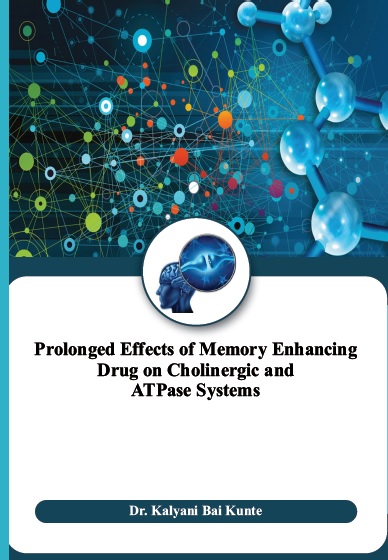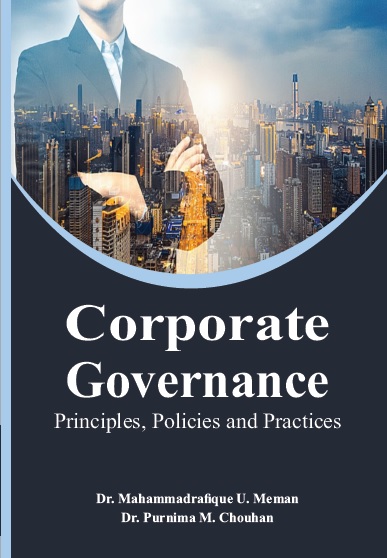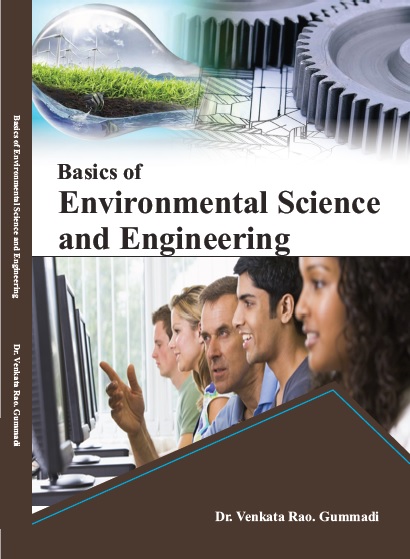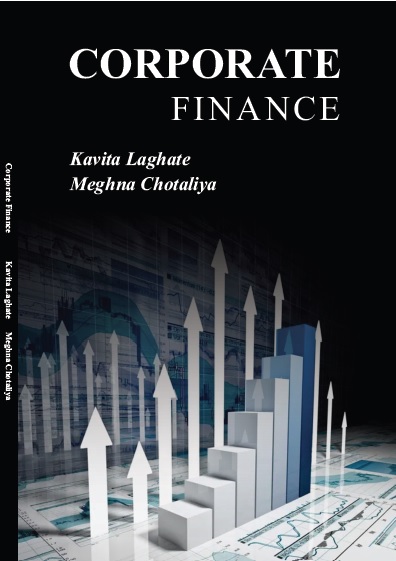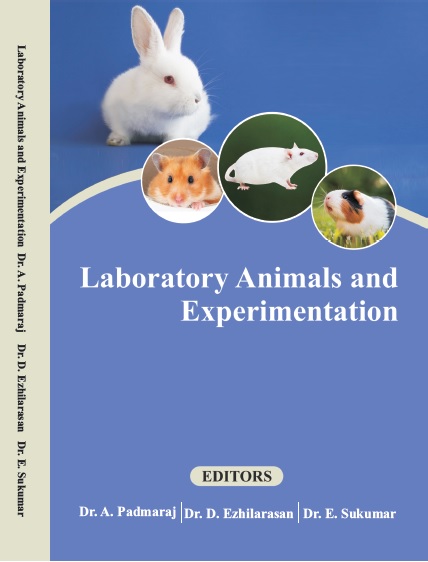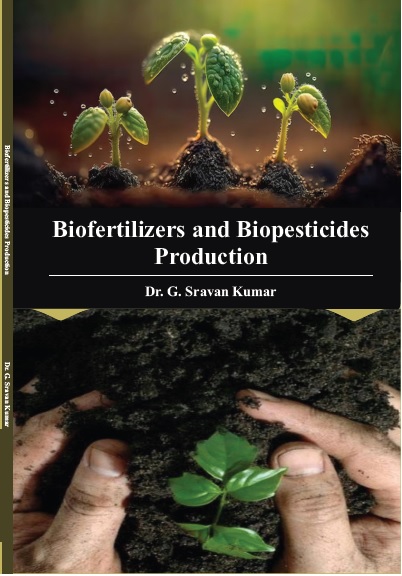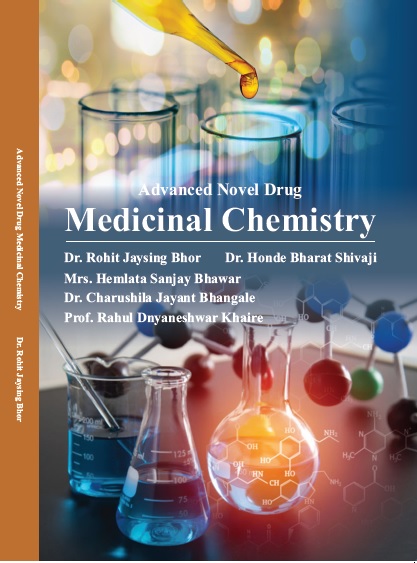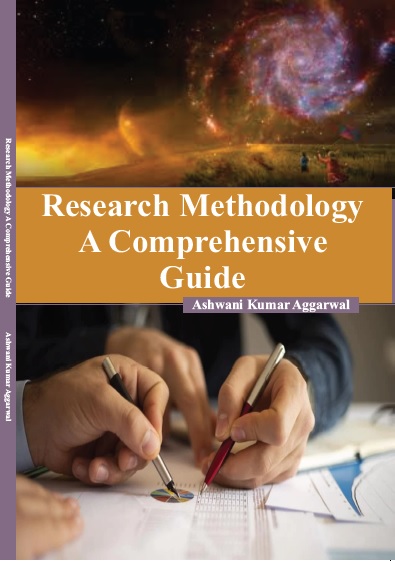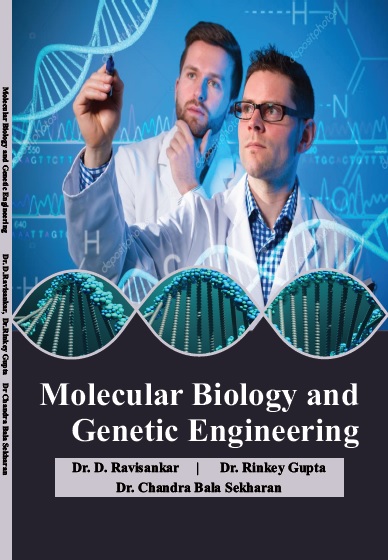MEDICAL SCIENCE
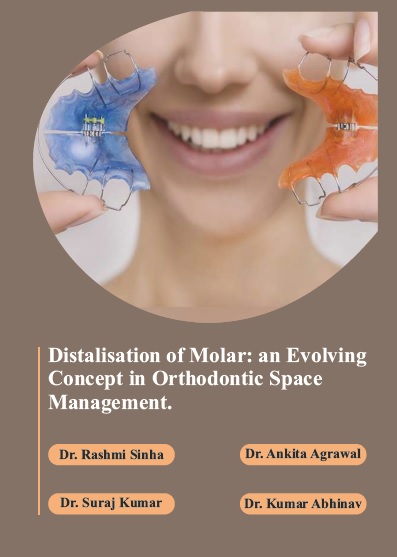
Distalisation Of Molar: An Evolving Concept In Orthodontic Space Management
by Dr. Rashmi Sinha
ISBN Number : 978 - 93 - 88672 - 54 - 2
Authors Details
| Author Name | Image | About Author |
|---|---|---|
| Dr. Rashmi Sinha | 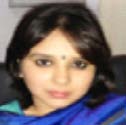 |
Dr. rashmi sinha s a practicing orthodontist and dentofacial orthopaedic
surgeon , Managing Director of The dentofacial Health Center, Bailey road
Patna .she has done her B.D.S from prestigious MCODS , Manipal and
M.D.S from Banaras Hindu University, Varanasi.currently she is posted as
Senior Resident NMCH, Patna.she has numerous publications in national
and international journal. |
| Dr. Ankita Agrawal | 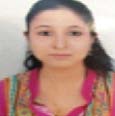 |
Dr. Ankita Agrawal is an Endodontist trained into conservative and
operative dentistry.she is author of various articles published in
international journals. Currently she is posted as Senior Resident in
department of dentistry, NMCH, Patna and also consultant in various dental
clinics. Various papers have been presented by her in different conferences. |
| Dr. Suraj Kumar |  |
Dr. Suraj Kumar is a maxillofacial surgeon trained into head and neck
oncology. He is an author of textbook “SMART DENTAL REVISION
“published under prestigious Jaypee publication. He has many articles
published in national and international journals.he was senior Resident in
the department of oncology at Saptrishi Cancer Hospital, Jabalpur from
June 2017 – December 2018.curretly he is an avid practitioner in Bailey
road, Patna at The dentofacial Health Center |
| Dr. Kumar Abhinav | 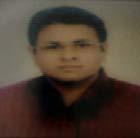 |
Dr. Kumar Abhinav is Senior Resident doing his DNB course in Leelavati
Mumbai. He has been helpful in conducting the radiological and bony
analysis post distalisation of molars.He has been invited as speaker in
various conferences. |
Book Description
Many techniques and appliances are used to correct Class II malocclusions. All of the methods can be successful at producing Class I occlusions in patients with dental and/or skeletal problems. Attempts have been made to develop new techniques to make treatment better and more efcient, decrease chair time, and reduce the need for patient cooperation. Class II malocclusion presents a frequent challenge to orthodontists. Many of the techniques aimed at correcting Class II malocclusions such as headgear, removable appliances, and inter arch elastics, rely heavily on patient compliance. Acquiring cooperation from patients can be difcult and when cooperation is lacking, longer treatment times and inferior outcomes can result. To limit the reliance on patient compliance, clinicians have turned to appliances such as molar distalizers to treat Class II patients.Distalizing appliances can be an effective means to translate upper molars that are positioned forward into a Class I relationship without the reliance on patient cooperation. Establishing the effects of various appliances and determining which are most effective is important for clinicians so that they can make educated treatment decisions.





